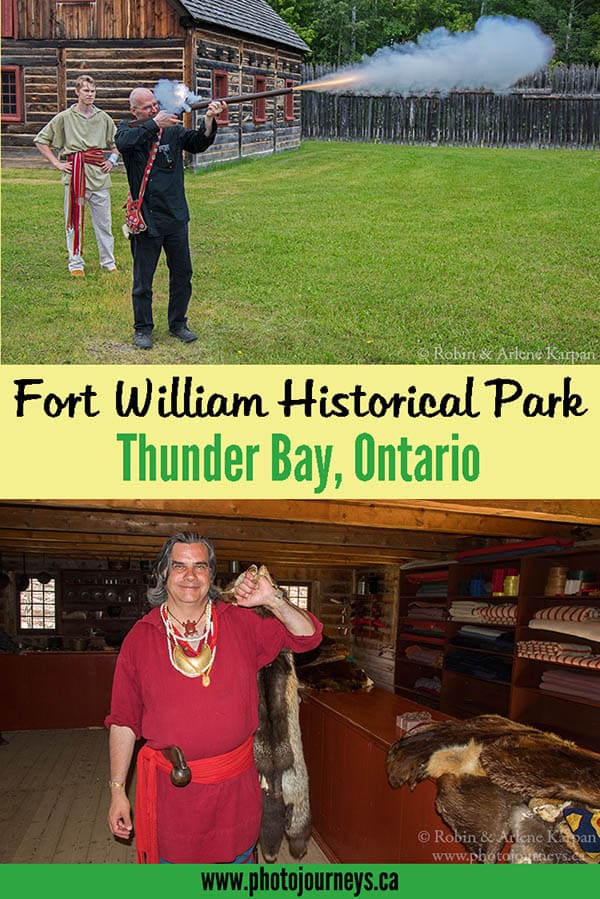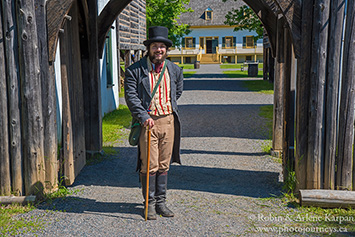
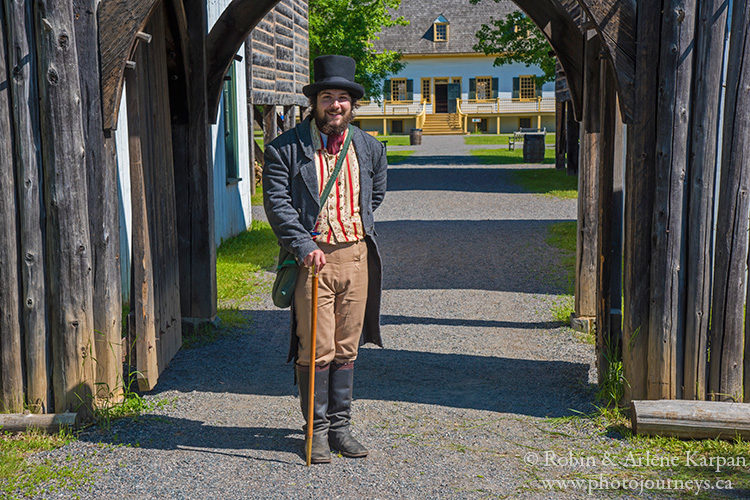
Fort William in Thunder Bay, Ontario is considered the world’s largest fur trade post, and one of the largest living historic attractions in North America. This area has long been an important Canadian transport hub. In recent times it has been best known as the western-most port on the Great Lakes-St. Lawrence Seaway system, where grain and other products are loaded on ships bound for export markets. However, this strategic location for transportation dates back to the early days of the fur trade when Fort William, a community that would later make up modern-day Thunder Bay, was a crucial link between east and west.
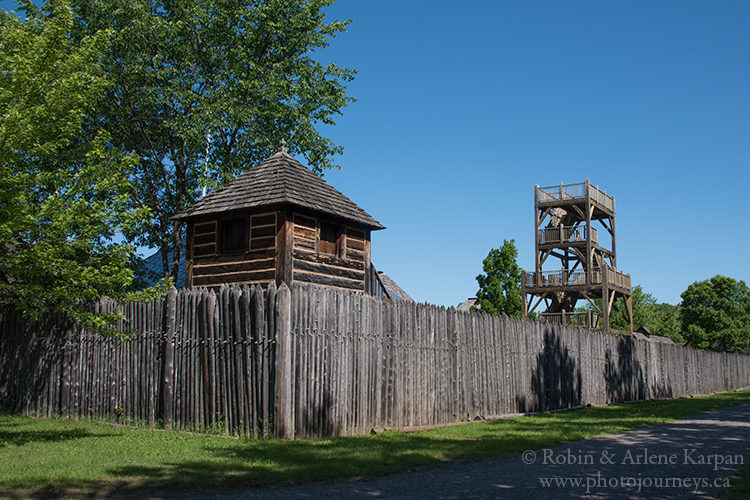
Fort William Historical Park recreates those glory days when this was the inland headquarters of the North West Company. Fort William was the rendezvous point where western-bound trade goods were brought from Montreal, and voyageur brigades brought furs from the west for trans shipment.
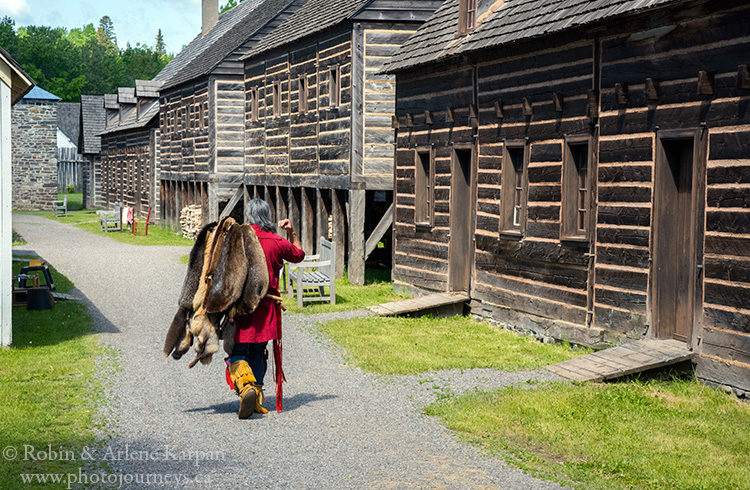
Recreating life during 1816, this place is huge – covering 250 acres across 57 buildings. The fort is brought to life by several guides in period dress who play the roles of voyageurs, traders, blacksmiths, coopers, those who tended the animals on the working farm, among many others. Especially impressive is the large shed where birchbark canoes are made and repaired. Visitors can even take part in some activities. What’s not to like about a place that lets you throw axes, fire a muzzle-loading musket, or sample freshly-baked biscuits?
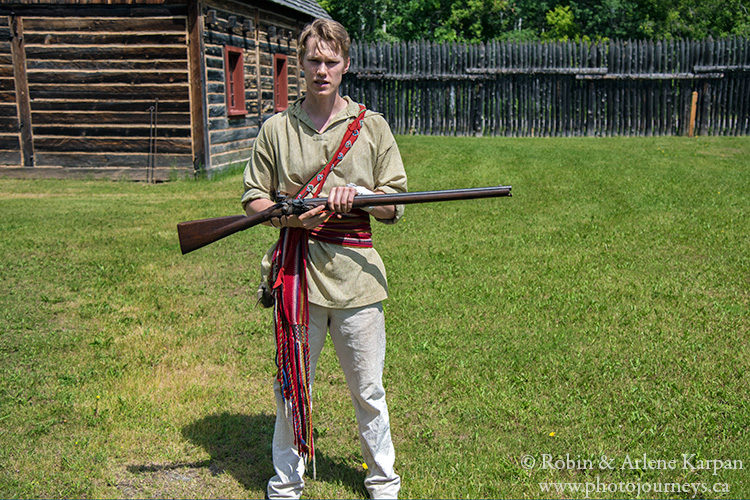

Allow at least a few hours to visit the site. You can take a guided tour or wander on your own. For longer visits, you can even stay at the attached campground. From a photographic point of view, the highlight is the many guides in period dress, many of whom really get into their roles. Check out the Fort William website for more details. For a more comprehensive look at the many attractions in and around Thunder Bay, also visit Thunder Bay Tourism.
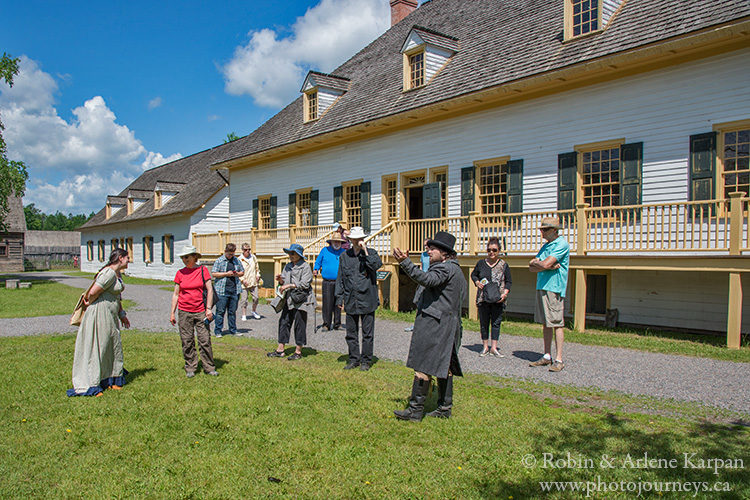
A Sample of what you will see at Fort William
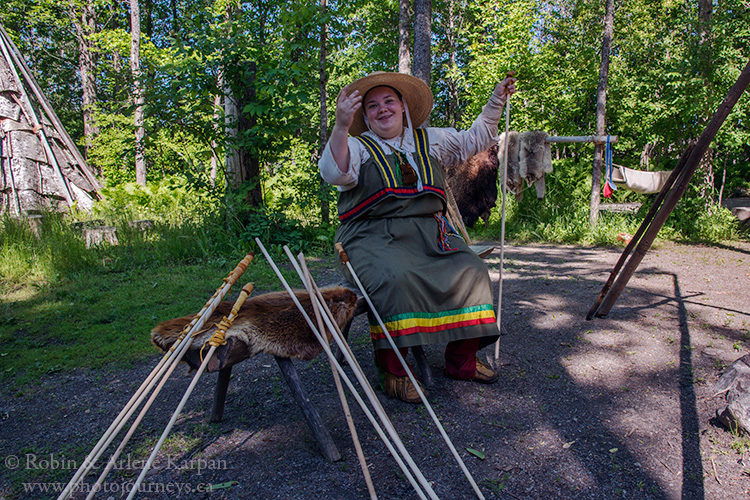
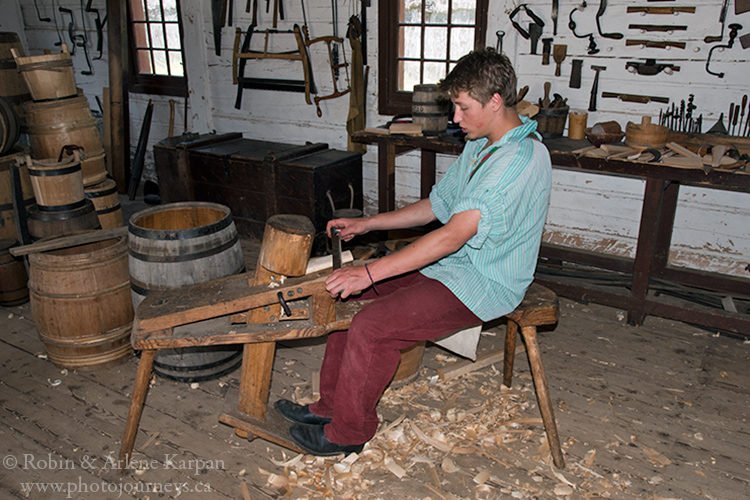
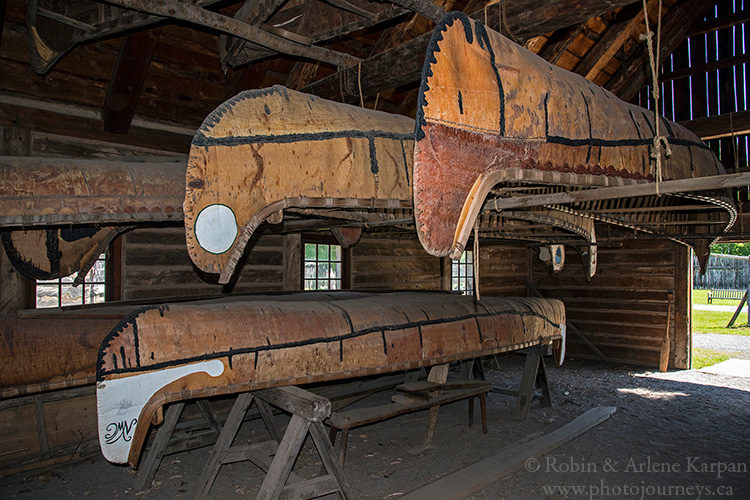
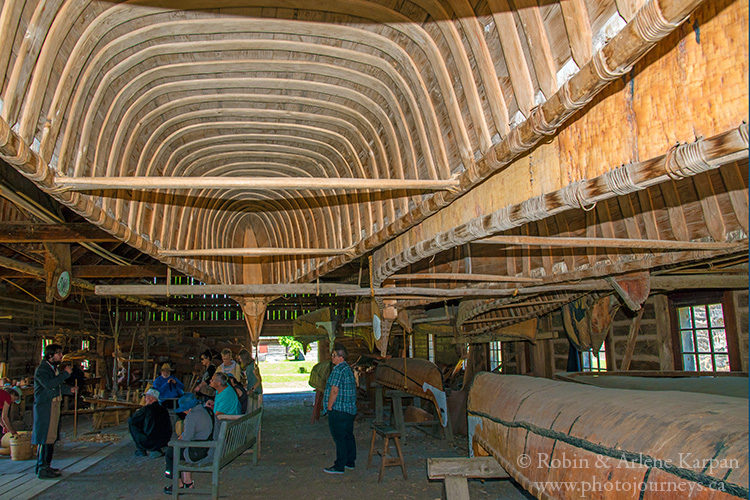
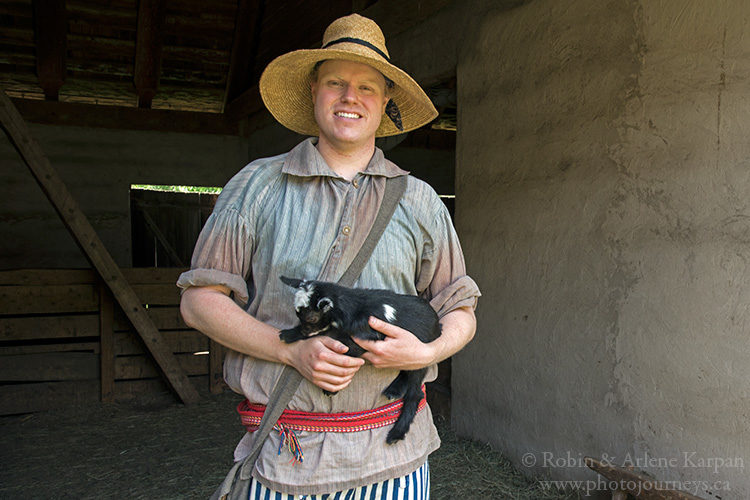
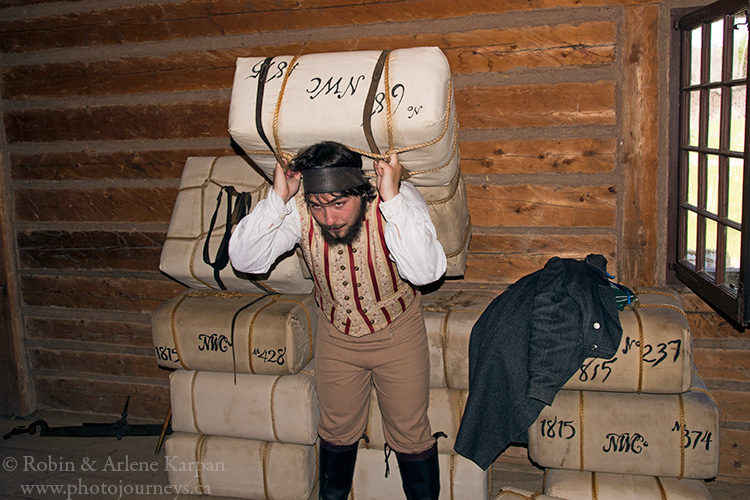
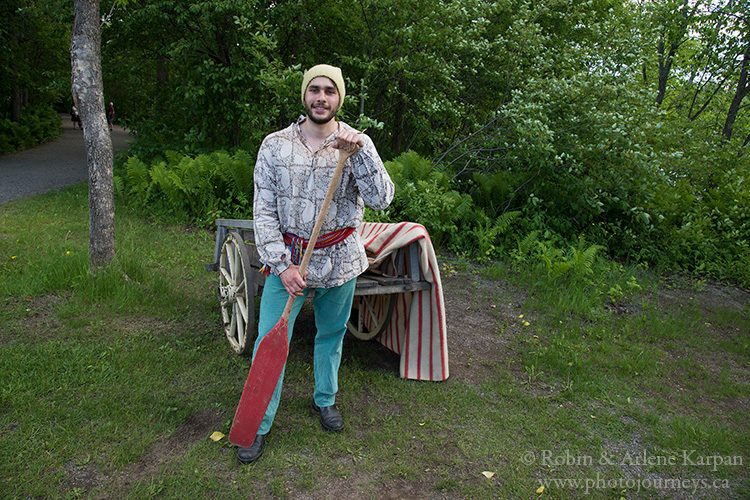
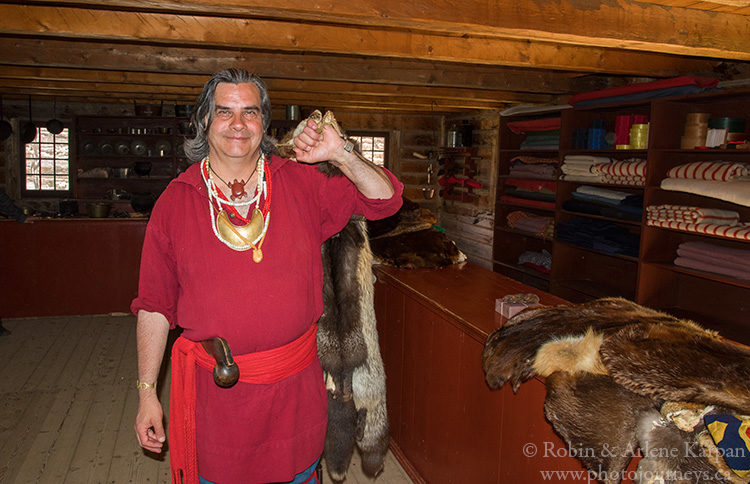

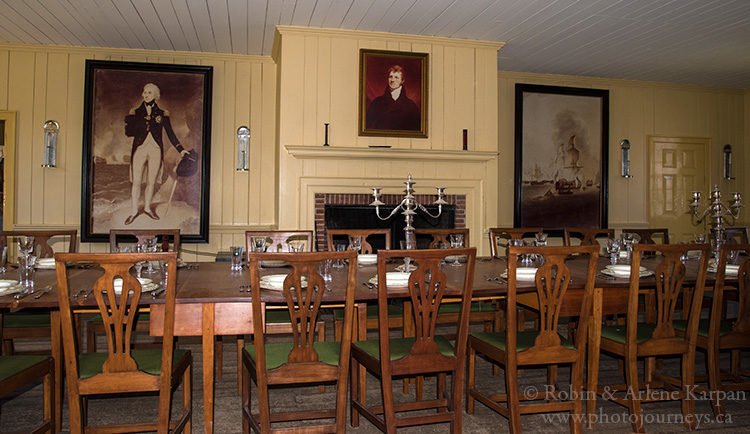
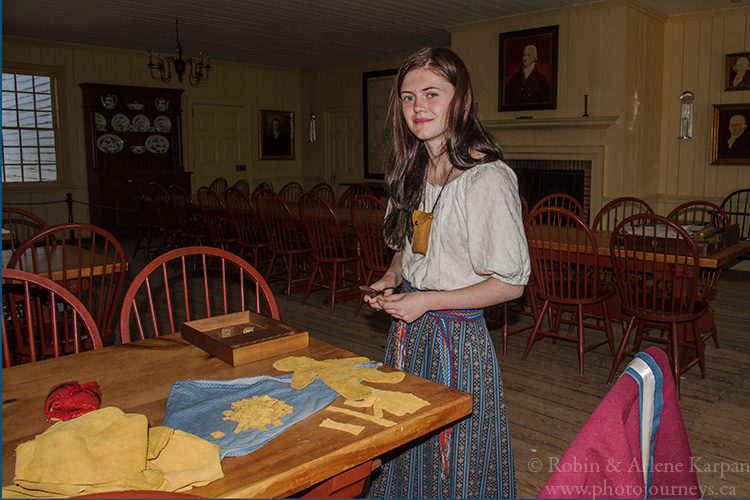
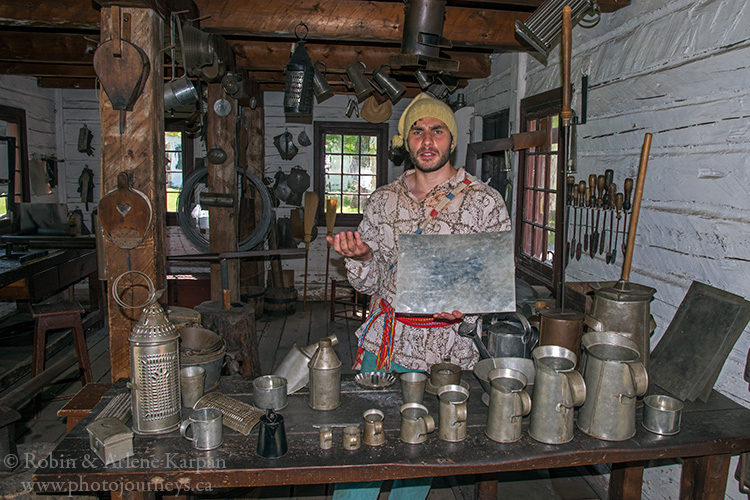
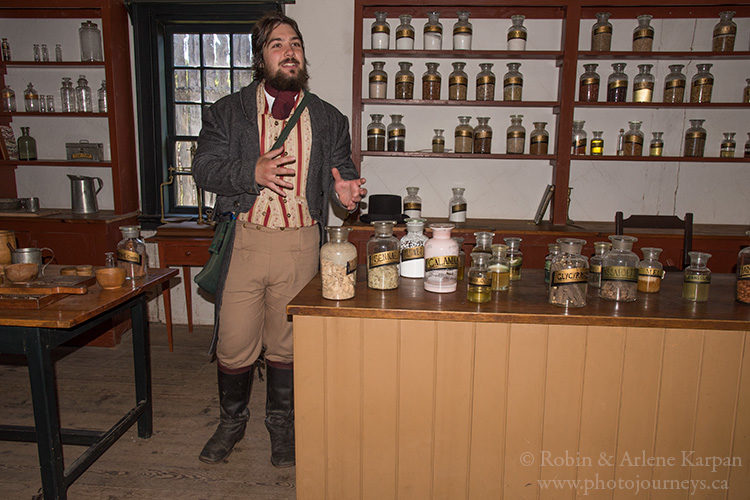
Subscribe to Photojourneys below.
Feel free to PIN this article.
